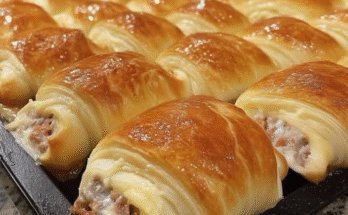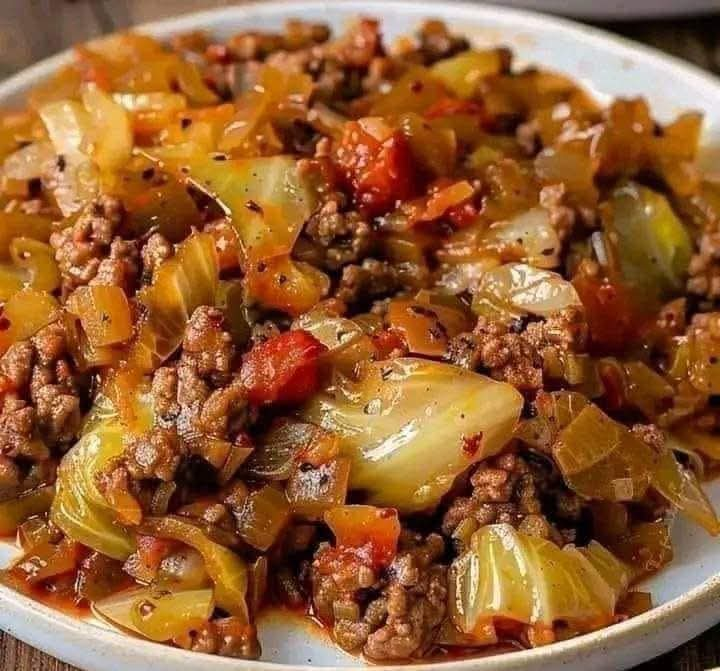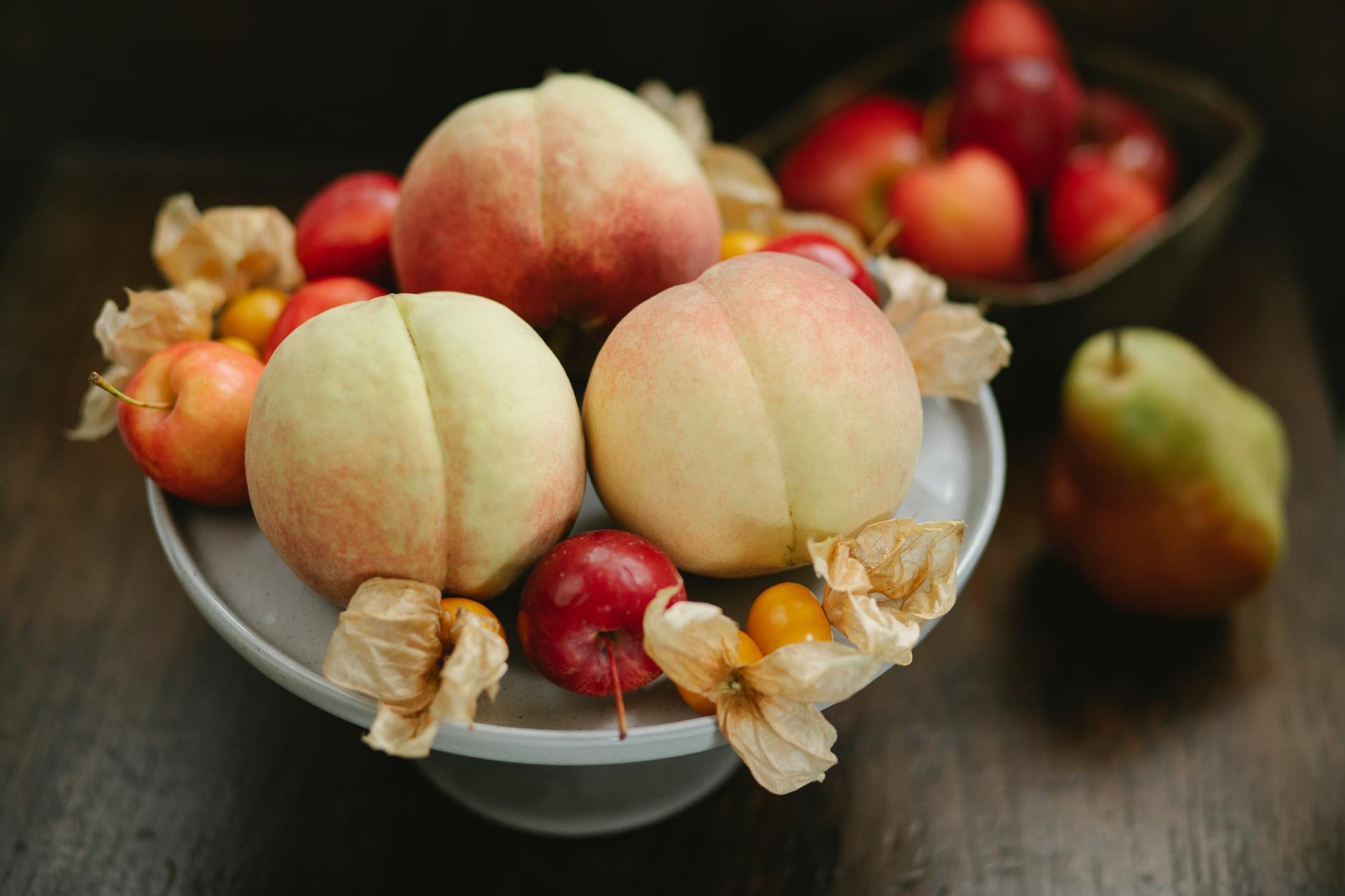Ribollita, the hearty Tuscan bread soup, is more than just a meal; it’s a journey through the rustic heart of Italy. This peasant dish, born from the need to minimize food waste, has evolved into a culinary masterpiece, celebrated for its simple elegance and comforting warmth. Let’s delve into the delicious world of Ribollita!
The Humble Beginnings of Ribollita
Ribollita, meaning “reboiled” in Italian, perfectly encapsulates its essence. Traditionally made with leftover bread, vegetables, and beans, it’s a testament to resourcefulness and flavor. Imagine the Tuscan countryside, where families would repurpose stale bread and seasonal vegetables to create this nourishing soup. 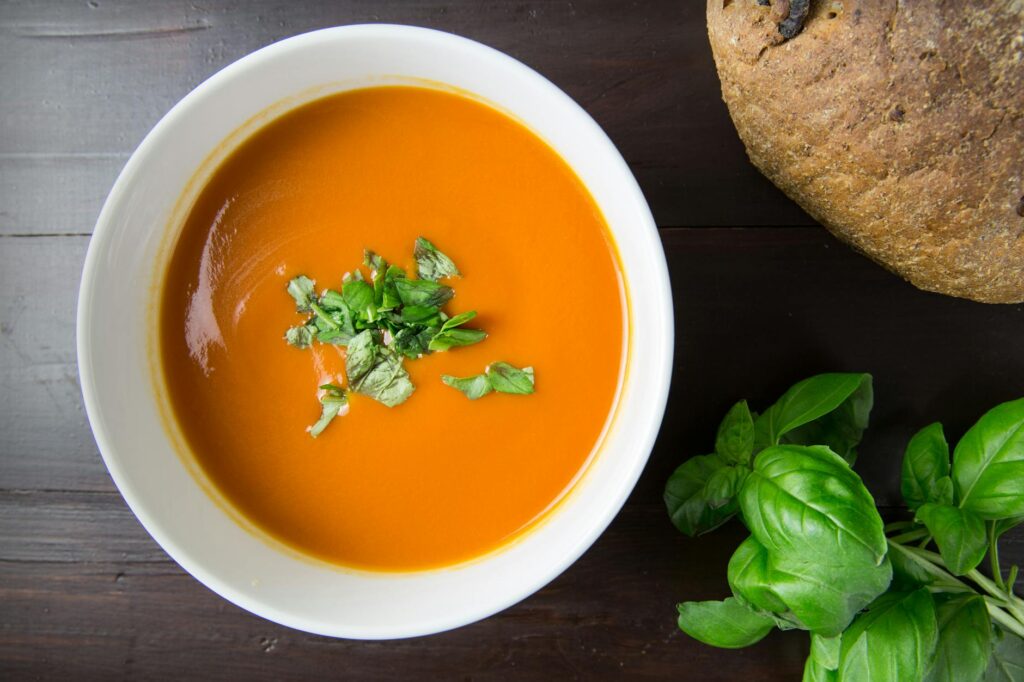 The beauty of Ribollita lies in its adaptability; each family had their own variation, passed down through generations. This recipe, however, is designed to give you a truly authentic experience.
The beauty of Ribollita lies in its adaptability; each family had their own variation, passed down through generations. This recipe, however, is designed to give you a truly authentic experience.
Key Ingredients and Their Roles
The magic of Ribollita begins with the base: cannellini beans, providing heartiness and creaminess. Next, we have a medley of seasonal vegetables, including cabbage, carrots, and celery. These impart sweetness and depth of flavor. 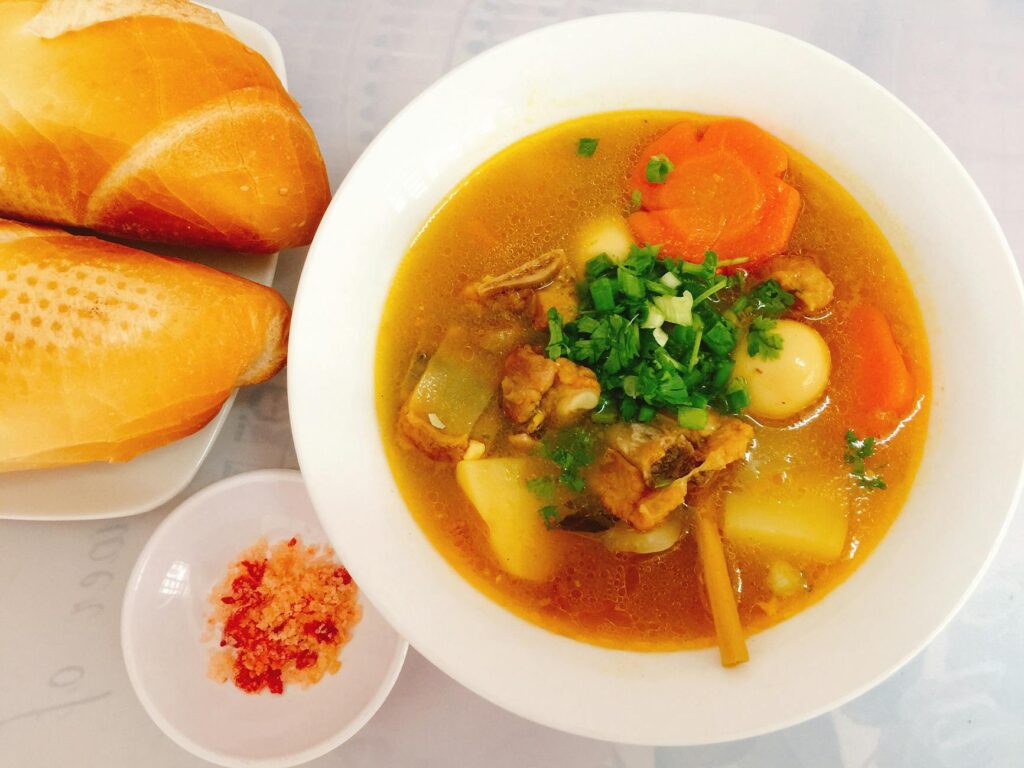 Of course, no Ribollita is complete without crusty Tuscan bread, which adds a wonderful textural element to the soup. For a richer flavor, consider using stale bread – the slight dryness is essential for the perfect consistency. Don’t forget the extra virgin olive oil! Learn more about high-quality olive oils for an enhanced culinary experience.
Of course, no Ribollita is complete without crusty Tuscan bread, which adds a wonderful textural element to the soup. For a richer flavor, consider using stale bread – the slight dryness is essential for the perfect consistency. Don’t forget the extra virgin olive oil! Learn more about high-quality olive oils for an enhanced culinary experience.
A Step-by-Step Ribollita Recipe
Creating Ribollita is a journey, not a race. Begin by sautéing your vegetables in olive oil, allowing their flavors to meld. Then add your beans, broth, and herbs. Check out our detailed guide on vegetable preparation for tips and tricks. Simmer everything until the vegetables are tender, then stir in the bread and let it soak up the flavorful broth. [IMAGE_3_HERE] Finally, finish with a drizzle of olive oil and a sprinkle of fresh herbs. Serve it hot, and relish each spoonful of this culinary masterpiece. Discover more Tuscan soup recipes here!
Beyond the Bowl: Serving and Variations
While traditionally enjoyed as a rustic soup, Ribollita can be elevated to new heights. Consider adding a dollop of pesto or a sprinkle of parmesan cheese for extra richness. Serve it with a side of crusty bread for dipping, or pair it with a robust Italian wine. Find the perfect wine pairing for your Ribollita here. Experiment with different vegetables based on seasonal availability. Ribollita is a canvas for your creativity! And if you have any leftovers, that’s even better! Ribollita tastes even better the next day! Learn how to properly store your soup for optimal freshness.
Ribollita is a true testament to the beauty of simple ingredients and mindful cooking. From its humble beginnings to its current status as a beloved Tuscan classic, it continues to nourish and delight generations. It’s a dish that tastes as good as the stories it tells.
Frequently Asked Questions
What kind of bread is best for Ribollita? Crusty Tuscan bread, or any day-old bread that is firm enough to hold its shape in the soup, works wonderfully.
Can I use other types of beans? While cannellini beans are traditional, you can experiment with other white beans like Great Northern or navy beans.
How long can I store leftover Ribollita? Leftover Ribollita can be stored in an airtight container in the refrigerator for up to 3 days.
Can I make Ribollita in a slow cooker? Absolutely! A slow cooker is perfect for this soup, allowing the flavors to meld beautifully.
Is Ribollita gluten-free? No, traditional Ribollita contains bread, so it is not gluten-free. However, you could experiment with gluten-free bread for a gluten-free alternative.
